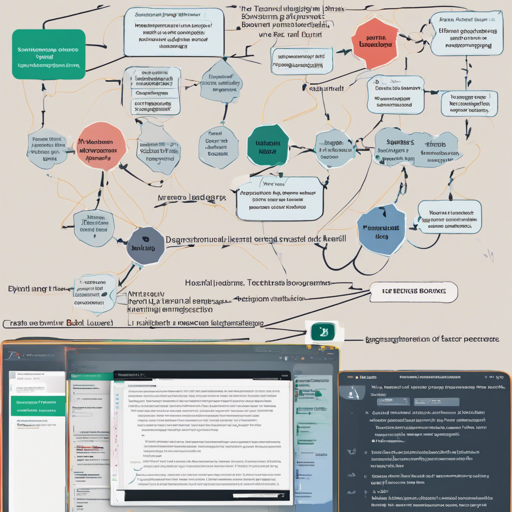In the world of Natural Language Processing (NLP), Sentence Boundary Detection (SBD) plays a pivotal role, especially in the legal domain where sentence structures can be notoriously complex. If you are venturing into this area or aiming to refine your models, this blog will guide you through leveraging the multi-layered advantages of the MultiLegalSBD dataset. Let’s delve into the essentials!
Understanding Sentence Boundary Detection
Sentence Boundary Detection is like the art of punctuation in writing. Just as a misplaced comma can alter the meaning of a sentence, incorrect segmentations can skew the output of NLP models, significantly impacting their performance in subsequent tasks. For legal documents, where every word bears weight, accuracy becomes even more paramount.
What is MultiLegalSBD?
MultiLegalSBD stands as a comprehensive multilingual legal dataset, offering over 130,000 annotated sentences across six different languages. Compiled by industry experts, this dataset serves as an excellent foundation for training and evaluating SBD models, unearthing insights that can lead to state-of-the-art performance in legal text analysis.
How to Utilize the MultiLegalSBD Dataset
- Access the Dataset: You can start by downloading the dataset from the following link: DOI: 10.1145/3594536.3595132.
- Choose Your Model: The dataset supports various modeling approaches, including:
- Conditional Random Fields (CRF)
- Bi-directional Long Short-Term Memory (BiLSTM-CRF)
- Transformers
- Training and Testing: Employ the curated dataset to train monolingual and multilingual models. The results from these experiments have shown that multilingual models can outperform previous baselines, especially in zero-shot scenarios.
Step-by-step Implementation
Here’s a straightforward approach to get started:
1. Load the MultiLegalSBD dataset.
2. Pre-process the data (tokenization, normalization).
3. Split the data into training and test sets.
4. Select a SBD model (e.g., transformers).
5. Train the model using the training set.
6. Evaluate the model on the test set.Imagine you’re assembling a piece of furniture. Loading the dataset is akin to laying out all your parts on the floor. Pre-processing is similar to organizing your tools and pieces, so everything is at hand. Training is like tightening the screws—an essential step to ensure everything fits together securely, and evaluation is the moment you check if you’ve built it right.
Troubleshooting Common Issues
While working with the MultiLegalSBD dataset and models, you might encounter several challenges. Here are some common issues and tips to resolve them:
- Performance Issues: If your model isn’t performing as expected, revisit your data preprocessing steps—incorrect tokenization can lead to poor model training.
- Model Training Errors: Occasionally, the models might not train due to configuration or resource limitations. Ensure your hardware meets the requirements, or try adjusting hyperparameters.
- Integration Challenges: When using the dataset with existing systems, check for compatibility. Different libraries might require specific formats.
- For further advice, troubleshooting tips, or to navigate potential roadblocks, remember to contact us for guidance. For more insights, updates, or to collaborate on AI development projects, stay connected with fxis.ai.
Conclusion
Harnessing the power of the MultiLegalSBD dataset can significantly elevate your Sentence Boundary Detection models, particularly in the intricate realm of legal text. With comprehensive resources at your fingertips, you can contribute to advancements in legal NLP. At fxis.ai, we believe that such advancements are crucial for the future of AI, as they enable more comprehensive and effective solutions. Our team is continually exploring new methodologies to push the envelope in artificial intelligence, ensuring that our clients benefit from the latest technological innovations.

